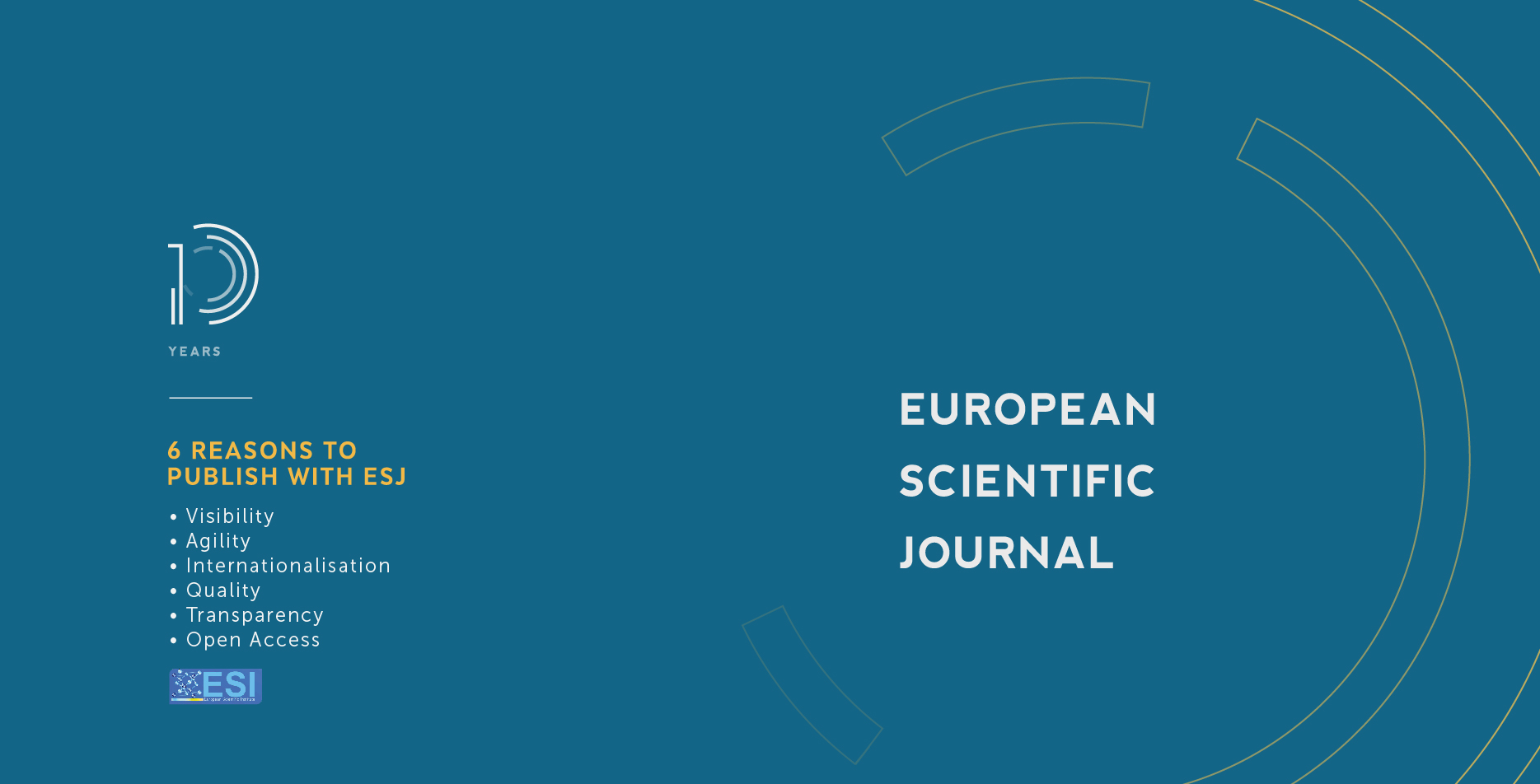Revenue Management: Automation, Challenges, & Legal Perspectives of County Governments in Kenya
Abstract
In today’s competitive and fast-paced business landscape, getting the most out of every available resource is not an option but rather a requirement. Organizations are taking a highly proactive approach to systems modernization and operations in an effort to increase efficiency and effectiveness in their operations. There is an increasing need by governments to enhance revenue collection through taxes to meet the ever-increasing financial expenditures budgeted by countries. It has been noted that most of the county governments were not meeting their own targets for own-source revenue and over time this has been reducing. This paper aims to establish the status of automation of revenue collection by county governments in Kenya, document the legal framework, establish the challenges of revenue collection and management, and also sought to determine whether there exists an optimal revenue automation model that can be adopted for the purpose of optimizing performance. The design of this research was done using a descriptive survey. The population for this study was composed of 47 county governments. Stratified proportionate random sampling technique was used to select the sample of 24 counties spread across the entire country. The study used a semistructured self-administered questionnaire to collect data from the respondents. The study established that the counties face a myriad of challenges including weak revenue bases, lack internal audits, have poorly trained personnel, use partially automated revenue collection systems, poor infrastructure, and some county revenue officers are reluctant to embrace change. This, however, has a negative impact on revenue collection within the counties. The results further show that adherence by counties to the provided guidelines, training, and technical assistance was widely varied and disparate. This ranged from counties that did very little to nothing in enabling and enhancing their OSR, to those that partially and/or conveniently followed guidelines where it suited them, to those that made honest efforts to comply.A model of a good automated system is also presented. The study recommends that counties should fully automate their revenue management to enhance efficiency and service delivery to their citizens.
Downloads
Metrics
PlumX Statistics
Copyright (c) 2020 Nebert Ombajo Mandala, Victor Odhiambo, Carlton Hussein Wanga

This work is licensed under a Creative Commons Attribution-NonCommercial-NoDerivatives 4.0 International License.








